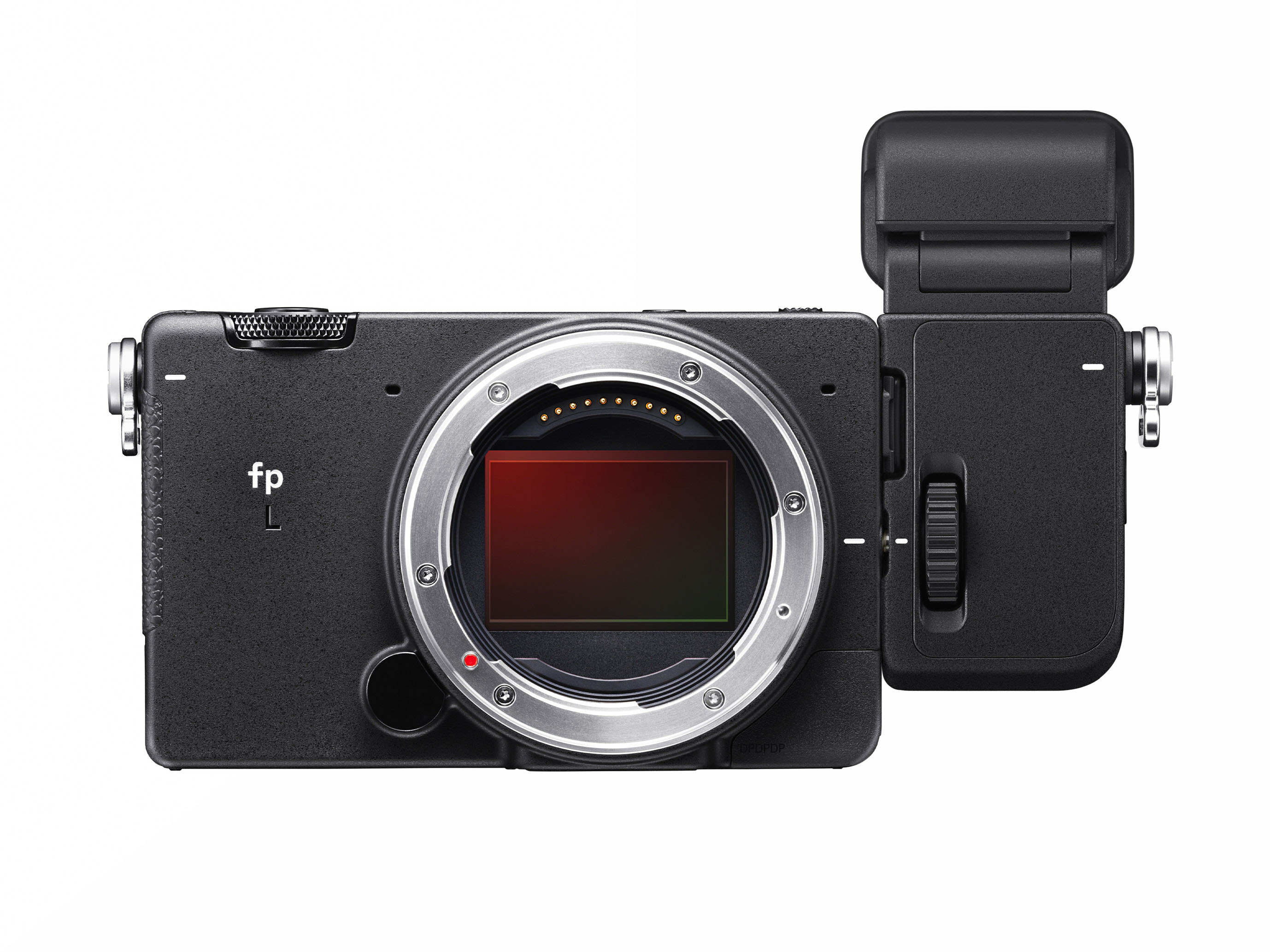

- SIGMA FP L ANNOUNCEMENT FULL
- SIGMA FP L ANNOUNCEMENT PORTABLE
- SIGMA FP L ANNOUNCEMENT PLUS
- SIGMA FP L ANNOUNCEMENT PROFESSIONAL
It has presets for many different professional cinema cameras (like the Arri Alexa) and will replicate the field of view of those cameras for you automatically. This will allow filmmakers to use the camera (with a loupe) as a professional on-set viewfinder to assist with framing and lensing choices. If anything tells us who Sigma’s target customer is for this camera, it’s the Director’s Viewfinder feature. But Sigma has pulled it off, with a clear aim at professional filmmakers. Just a few years ago it would have been hard to imagine these kind of specs on a small mirrorless body.
SIGMA FP L ANNOUNCEMENT FULL
Set to full HD (1080p) the FP can capture 12bit internally as well. The camera is capable of outputting 12bit 4K CinemaDNG raw to an external drive, or recording 4K CinemaDNG raw internally to SD cards in 8bit. It’s a tall order, but I’m hoping the FP will at least come close… On paper it certainly does.
SIGMA FP L ANNOUNCEMENT PORTABLE
My ideal camera is small, light and portable with pro-level image quality that can rival a true cinema camera. The biggest draws for me were the form factor and raw capabilities. While I’m sure I’ll benefit from the added DOF control and low light sensitivity, if the camera had a Super 35mm sensor or ever MFT, I would still be interested. Personally, full frame has never been a huge selling feature for me, so this wasn’t really a variable in my decision making process. The FP will certainly be a welcome addition and a great alternative for many filmmakers and hybrid shooters. Although there are already some popular FF mirrorless cameras out there (like the Sony A7R IV), this segment of the market is still relatively underserved. Raw internal (4K/8bit HD/12bit) & external 12bitįor many filmmakers, the FP’s full frame sensor is going to be a huge selling point.I will definitely miss those gorgeous Fuji colors (and perhaps will move back to Fuji at some point down the line), but for now I look forward to seeing what the FP is really capable of… Especially with these specs/highlights – The safest bet would have been to stick with Fuji, but in the spirit of experimenting with something new and unique, I pulled the trigger on my pre-order. Like the X-T3, it would offer gorgeous image quality and a small footprint – but some of the added bells and whistles on the FP were too tempting to pass up. Until recently, my go-to camera for this type of thing was the Fuji X-T2 (which I love), but sold it several months ago with the intention of upgrading the the X-T3.īefore I got around to actually buying an X-T3, the Sigma FP landed on my radar, and was hard to ignore. So I found myself in need of a tool for those small projects like impromptu short films, pickup shots, website content, or anything else I might need to shoot entirely myself.

For medium sized narrative and commercial productions I’ve mainly been shooting on Blackmagic URSA Minis, which are fantastic, but again too large (physically) for some of my much smaller scale productions.
SIGMA FP L ANNOUNCEMENT PLUS
On the high end, I have my Arri Alexa Plus 4:3 which is great for bigger productions, but too large and heavy for smaller run-and-gun shoots. For now though, I want to share some of what went into my purchase decision, for those of you who may be considering it too.įor a while now, I’ve been looking for a camera that could fill a gap in my kit. Once the camera actually arrives – likely in the next 1 – 2 weeks – I’ll publish some of my test footage along with a written review. It offers some of the most unique and innovative features that we’ve seen in a long time, including 12 bit raw capabilities – which a big reason I took the leap and pre-ordered one myself. There have been a ton of new camera announcements and releases over the past year, but perhaps none more interesting than Sigma’s brand new FP mirrorless.


 0 kommentar(er)
0 kommentar(er)
